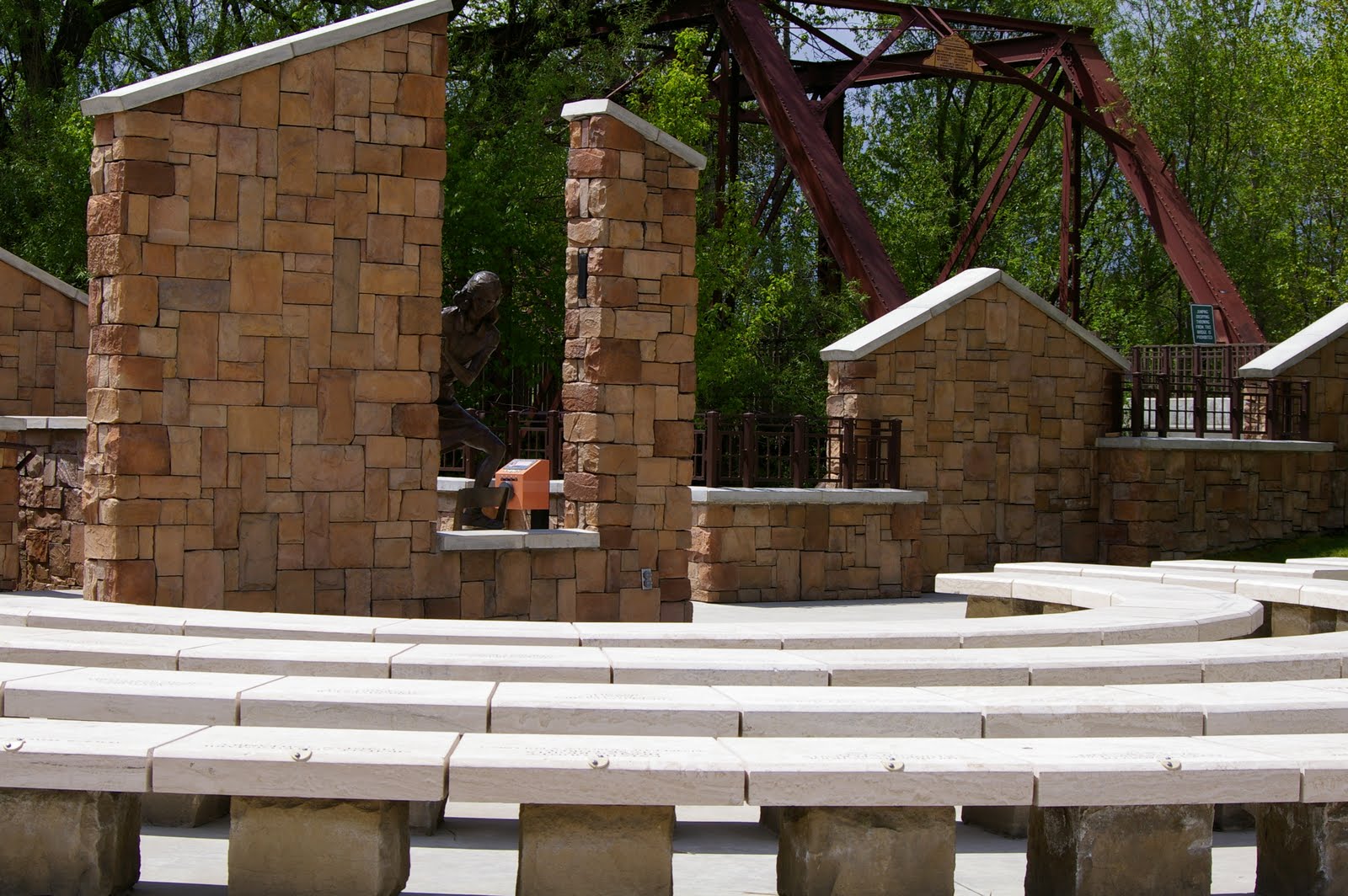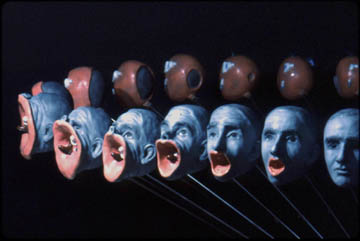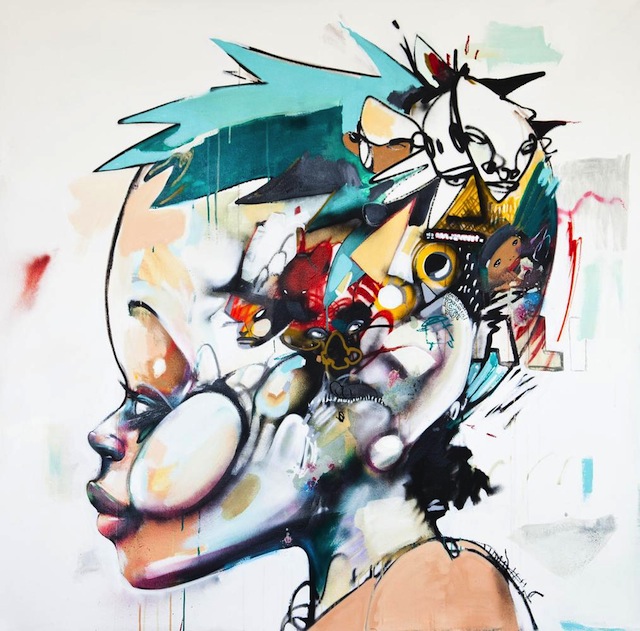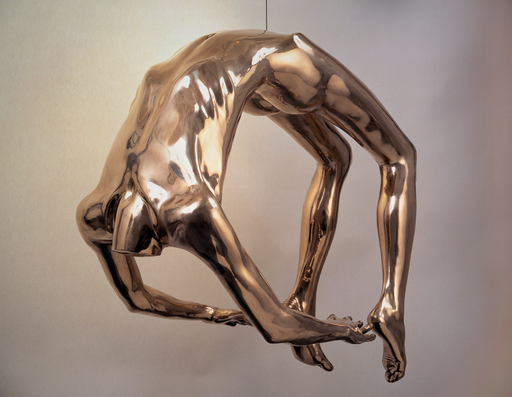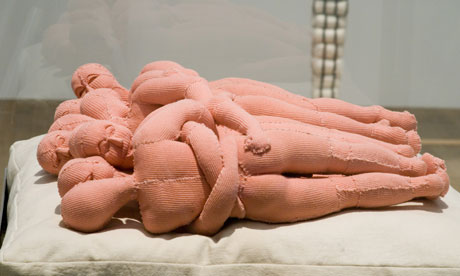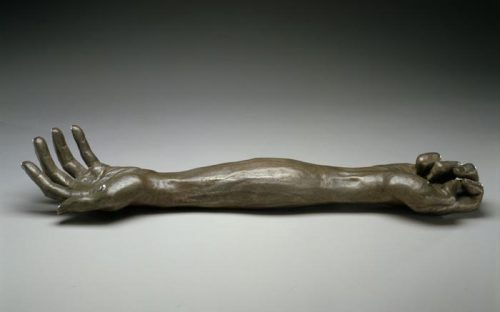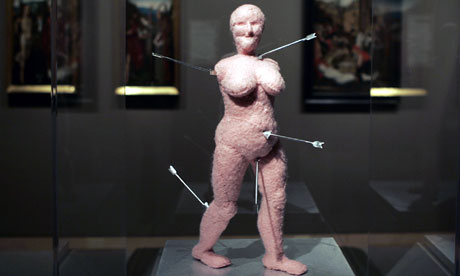- Describe what you see, including location (context) and physical space.
- Outdoors, lots of nature, right by the river, very open space. There is not really a start or ending place, you could start at any point in the exhibit and continue on from there.
- Describe the carying degrees of representation.
- There are statues, structures that represent houses/ roofs. There is a diagram to show where Anne Frank and her family were hiding. Walls full of quotes. Tablets that have the Universal Declaration of Human Rights.
- What are the visual elements/ principles that dominate in the memorial?
- The main house structure with Anne Frank looking out the window is the dominating piece in the memorial, followed by the quotes and the Universal Declaration of Human Rights.
- Is this memorial "site specific"? Explain.
- I think that they chose this location for this memorial because it was a central location in Boise, Easily accessible to the public, by the river and the greenbelt.
- Who created, designed and funded this memorial?
- Community Volunteers/ Boise Parks and Recreation
- What materials/ media were used to create this memorial?
- Rocks, Stone, Cement. Metal, Bricks, Natural Elements, Water, Plants, Trees
- How does the text/ word elements function?
- All the texts are clear and engraved in the stone for everyone to read. There is contrast in the letters to make them stand out.
- Reflecting on your answers to the previous questions, what do you think was the intended meaning/ function? Explain what is communicated.
- This area was created for the intention of providing a safe have and reflection/ learning area for the public.
- In your opinion, how successful is this memorial? Explain.
- This area is very successful in its purpose and demonstrates the goals clearly.
Friday, April 25, 2014
Idaho Anne Frank Human Rights Memorial
Tuesday, April 22, 2014
Muybridge Inspired - Alexander Calder
Alexander Calder's approach to the art world was one that possibly changed the way that we perceive art and also contributed to the way in which we define art. Calder's art broke some of the social norms that were associated with traditional art pieces and made an approach that was centered on fun and humor. He was born in 1898 in Philadelphia was almost immediately thrown into the art world. His father and grandfather were well known sculptors and his mother was a painter. When he was young he was very interested in mechanics and engineering but later on in life he turned more toward the aesthetic sides of things and enrolled in the Art Student’s League in New York. Perhaps one of his most famous work came from his projects called the "Calder Circus" The “Circus” was a miniature reproduction of an actual circus. Made from wire, cork, wood, cloth and other easily found materials; the “Circus” was a working display that Calder would show regularly. Later on he added motors to these pieces and movement became part of the circus.
"In 1976, Alexander Calder died. Throughout his life, his commitment to creating work free from the pretensions of the art world and accessible to all, never stopped him from making exquisitely beautiful and important sculpture. In a century that saw the forms of art and literature reinvented regularly, Alexander Calder stands out as one of the great pioneers of his time." - PBS
"In 1976, Alexander Calder died. Throughout his life, his commitment to creating work free from the pretensions of the art world and accessible to all, never stopped him from making exquisitely beautiful and important sculpture. In a century that saw the forms of art and literature reinvented regularly, Alexander Calder stands out as one of the great pioneers of his time." - PBS
Muybride Inspired - Dennis Oppenheim
Dennis Oppenheim was an artist that came out of the conceptual movement. His early work was associated both with performance/body art and the early earthworks/land art movement in the mid to late 1960's. He cut lines in ice, snow, dirt, fields, etc. to create various images. Later on in his career he began doing some work with body art. In 1968 he used his body as a piece of art by lying in the sun for five hours with an open book lying on his chest. In the 1980's he began to experiment with machine works and created large-scale public displays. Dennis Oppenheim has kind of done a little bit of everything when it comes to art, from the ephemeral art to installations to public sculptures and even some architecture.
Monday, April 21, 2014
Muybridge Inspired - Gregory Barsamian
Gregory Barsamian is an artist who deals almost entirely with motion and likes to play withe the illusion of things moving and transforming before the viewers eyes. He likes to have a somewhat surrealist look to many of his pieces. He began working with kinetic art like this around 1889 when he discovered the wonder of the zoetrope, a device that could make a series of frozen images into a loop of fluid moving images that portrayed motion. Although a device like this had been created long ago and had since been used as a toy, he took it much farther than this and created some amazing large-scale pieces that seem to tell a story when turned on. When looking at one of his pieces in its static form it won't really look like much, but when it is in motion and looked upon at the right angle the product is illusionary and creates a whole new meaning.
Click Here ------>> Video Of His Work
Hebru Brantley
Hebru Brantley is a Chicago based artist most famously known for his work with his style which derives from graffiti-worn buildings and sneaker-hung telephone poles honoring memories of local legends. Brushes and aerosol cans are his main media that he works in. He made his debut back in December, when rap superstar Jay Z spent $20,000 on one of his pieces at Art Basel. His paintings depict emotional images from youthful expression and he likes to combine styles of mythological comic heroes and Japanese anime, mixed with his own graffiti based past work. He works in many types of different media from paintings to sculpture.
Wednesday, April 9, 2014
Louise Bourgeois
Famously known for her unusual and somewhat creepy representations of spiders and hands, Louise Bourgeois immigrated to the United States from France in 1938. She found success in sculptures of wood, steel, stone and cast rubber, often organic in form and sexually explicit, emotionally aggressive yet witty, and covered many different styles. Everything that she did represented things from her life. In the 1990's she did a series called "cells," which consisted of doors, windows, fencing, and other found objects. They represented scenes from her childhood, which she claimed was the inspiration for many of her pieces. Many of her pieces were centered on the human body specifically hands but also the body as a whole. Sometimes they were very abstract and other times very representational of the actual form. Many of her creations are very perplexing and just require a long look and intense studying.
Wednesday, April 2, 2014
Henri Matisse
Henri Matisse was born in 1869 in a small town in northern France. He began his early life studying law and worked as a legal clerk. He began painting when he was 21 while recovering from an illness. From that point he knew that he had a passion for art and wanted to pursue it. In 1891 he moved to Paris for artistic training. His work is recognized by his emphasis in line, emotion, brushwork, and bright colors. This style would be known as Fauvism which was prior to Cubism.
Subscribe to:
Posts (Atom)

